Are you tired of waking up sneezing or dealing with itchy eyes every time you step on your carpet? Dust mites, tiny creatures invisible to the naked eye, could be the hidden culprits in your home.
You might be wondering: will carpet cleaning really get rid of dust mites and make your living space healthier? The answer isn’t as simple as a yes or no.
You’ll discover how effective carpet cleaning can be against dust mites, what methods work best, and what else you can do to keep these allergens at bay.
Keep reading to take control of your home’s cleanliness and breathe easier every day.
Table of contents
Dust Mites In Carpets
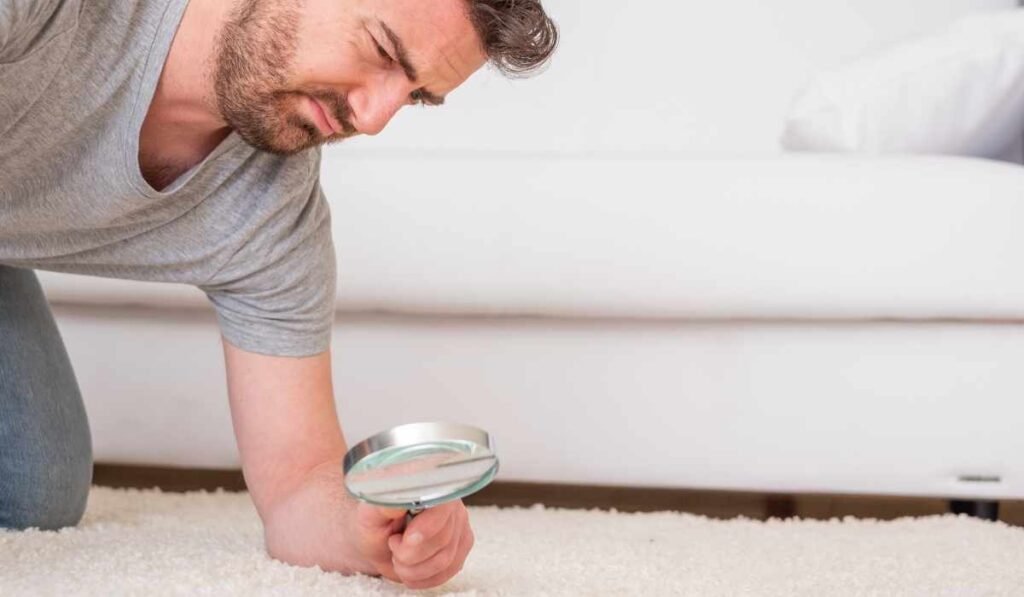
Dust mites are tiny creatures that live in carpets. They feed on dead skin cells from humans and pets. Carpets provide a perfect home for dust mites because they trap moisture and dirt.
These conditions help dust mites to grow and multiply quickly. Dust mites are invisible to the naked eye but can cause many problems.
Understanding why carpets harbor dust mites and the health risks they pose is important. This knowledge helps to keep your home cleaner and safer.
Why Carpets Harbor Dust Mites
Carpets hold dust, dirt, and skin flakes, which feed dust mites. The fibers trap moisture and warmth, creating a cozy environment.
Dust mites thrive in humid conditions often found in carpets. They hide deep within the carpet fibers, making them hard to reach. Carpets that are not cleaned regularly become a dust mite haven.
Health Risks Of Dust Mites
Dust mites can trigger allergies and asthma symptoms. Their waste particles cause sneezing, itchy eyes, and runny nose. People with sensitive immune systems may suffer more severe reactions.
Long exposure to dust mites can worsen breathing problems. Protecting your carpet from dust mites helps improve indoor air quality and health.
Carpet Cleaning Techniques
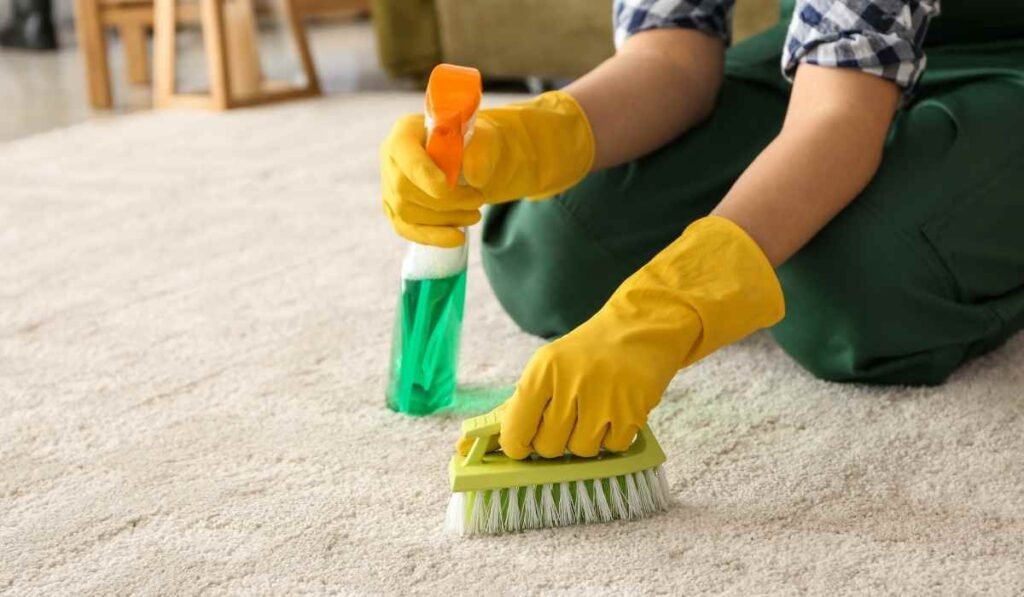
Carpet cleaning plays a key role in reducing dust mites. Different cleaning methods target dust and allergens in carpets.
Choosing the right technique helps improve indoor air quality. It also lowers allergy symptoms caused by dust mites. Below are common carpet cleaning techniques.
Hot Water Extraction
Hot water extraction uses high-temperature water and cleaning agents. The hot water loosens dirt, dust, and mites from carpet fibers. Then, a powerful vacuum removes the dirty water.
This method cleans deep into the carpet pile. It kills many dust mites by heat. The carpet dries slower but the cleaning is thorough.
Dry Carpet Cleaning Options
Dry carpet cleaning uses little or no water. It involves special powders or compounds applied to carpets.
These absorb dirt and dust mites. After a short time, the powder is vacuumed away. This method dries quickly and avoids mold growth. It works well for light to moderate cleaning.
Moist Powder Cleaners
Moist powder cleaners combine dry powders with a small amount of liquid. The moist powder spreads through carpet fibers. It breaks down dirt and allergens, including dust mites. After drying, the powder is vacuumed up. This method cleans effectively with less drying time than hot water extraction.
You May Like: Which Bissell Carpet Cleaner Solution is the Best
Vacuuming For Dust Mite Control
Vacuuming plays a key role in controlling dust mites in carpets. These tiny creatures thrive in carpets and upholstery, feeding on dead skin cells. Removing their food source helps reduce their numbers.
Regular vacuuming removes dust, skin flakes, and mites, keeping your home cleaner and healthier.
Choosing the right vacuum and using proper techniques can improve dust mite control. Not all vacuums work well for trapping these tiny allergens. Learning about vacuum types and cleaning frequency helps keep dust mites under control.
Hepa Filter Vacuums
HEPA filter vacuums trap tiny particles like dust mites and allergens. They capture 99.97% of particles down to 0.3 microns.
This prevents dust mites from escaping back into the air. Using a HEPA vacuum reduces allergen levels and improves air quality.
Regular vacuums may release dust mite debris while cleaning. HEPA filters keep these particles locked inside the vacuum bag or container. This makes HEPA vacuums a better choice for allergy sufferers. They provide a deeper clean and reduce allergy symptoms.
Vacuuming Frequency And Tips
Vacuum carpets and upholstery at least twice a week. Frequent cleaning stops dust mites from building up. Focus on high-traffic areas, under furniture, and along edges. Use slow, steady strokes to lift dust effectively.
Empty vacuum bags or containers outside to avoid dust escaping indoors. Replace or clean filters regularly to keep the vacuum working well. Avoid using a vacuum without a HEPA filter for dust mite control.
Vacuuming alone may not remove all dust mites. Combine it with washing bedding, humidity control, and reducing clutter for best results. Consistent vacuuming helps maintain a cleaner, healthier home environment.
Environmental Controls
Environmental controls play a crucial role in reducing dust mites in your home. These tiny creatures thrive in warm, humid, and cluttered spaces. Managing your environment limits their growth and presence. Simple changes can make a big difference in controlling dust mite populations.
Humidity Management
Dust mites need moisture to survive. Keeping indoor humidity below 50% makes your home less friendly to them. Use a dehumidifier or air conditioner to control humidity levels. Proper ventilation in bathrooms and kitchens also helps reduce moisture buildup.
Reducing Clutter
Clutter collects dust and provides hiding places for dust mites. Removing unnecessary items like extra pillows and knick-knacks lowers dust mite habitats. Keep bedrooms tidy and limit soft toys on beds. Regular cleaning of surfaces with a damp cloth traps dust effectively.
Hard Flooring Alternatives
Carpets trap dust and dust mites easily. Hard floors like wood, tile, or linoleum are easier to clean and less likely to harbor mites. Consider replacing carpets in bedrooms and living areas. Regular sweeping and mopping keep hard floors free from dust and allergens.
Bedding And Upholstery Care
Bedding and upholstery are common places where dust mites live and multiply. These tiny creatures feed on dead skin cells found in beds, sofas, and chairs. Proper care of bedding and upholstery helps reduce dust mite populations and improve indoor air quality.
Regular cleaning and protective measures can limit dust mites effectively. Focus on controlling moisture and removing allergens from fabrics. This section covers key steps to keep your bedding and upholstery cleaner and healthier.
Allergen-proof Covers
Use allergen-proof covers on mattresses, pillows, and box springs. These covers create a tight barrier that dust mites cannot pass through. Choose covers made of tightly woven fabric to block allergens. This simple step reduces exposure to dust mites while you sleep.
Washing Bedding Weekly
Wash all bedding, including sheets, pillowcases, and blankets, every week. Use hot water at least 130°F (54°C) to kill dust mites. Frequent washing removes dust, skin flakes, and other allergens. Keep bedding fresh and clean to reduce dust mite buildup.
Cleaning Stuffed Toys
Stuffed toys collect dust and skin flakes, attracting dust mites. Wash these toys regularly in hot water to kill mites. If washing is not possible, place toys in the freezer for 24 hours to reduce dust mite numbers. Keep toys off beds to lower allergen levels in sleeping areas.
Additional Dust Mite Reduction Tips
Carpet cleaning helps reduce dust mites but is not enough alone. Combining cleaning with other methods lowers dust mite numbers further. These tips target dust mites in different home areas.
Damp Dusting Methods
Use a damp cloth to dust surfaces. Dry dusting spreads dust into the air. Damp cloths trap dust and dust mites effectively. Clean shelves, tables, and window sills often. This simple step keeps dust mites from settling.
Curtain And Window Treatment Choices
Heavy curtains collect dust and mites easily. Choose washable curtains and wash them regularly in hot water. Venetian or flat blinds gather less dust. External shutters help block dust from outside. These choices reduce dust mite hiding places near windows.
Air Purification
Air purifiers with HEPA filters capture dust mites and allergens. Place purifiers in bedrooms and living rooms. Running purifiers daily improves air quality. Cleaner air means fewer dust mites and less allergy trouble. This method supports a healthier home environment.
FAQs About Does Carpet Cleaning Remove Dust Mites
What Is The Most Effective Way To Get Rid Of Dust Mites?
Wash bedding weekly in hot water, use allergen-proof covers, control humidity below 50%, vacuum with a HEPA filter often, and replace carpets with hard flooring.
What Is The Best Carpet Cleaner For Dust Mites?
The best carpet cleaner for dust mites uses a HEPA filter vacuum combined with steam cleaning. Frequent cleaning reduces allergens effectively.
Does Stanley Steemer Get Rid Of Dust Mites?
Stanley Steemer’s deep carpet cleaning reduces dust mites by removing dirt and allergens. Regular cleaning helps control dust mite levels effectively.
How Bad Is Carpet For Dust Mite Allergy?
Carpets trap dust mites, worsening allergy symptoms. Frequent vacuuming with a HEPA filter helps but doesn’t eliminate them. Hard flooring reduces dust mite buildup.
Does Carpet Cleaning Remove Dust Mites Effectively?
Carpet cleaning reduces dust mites but may not remove all of them completely.
Final Suggestion
Carpet cleaning helps reduce dust mites but may not remove all. Frequent vacuuming with a HEPA filter works best. Washing bedding and controlling humidity also lowers dust mite levels.
Choosing hard floors can make cleaning easier and reduce mites. Keep your home clean and clutter-free to fight allergens.
Combining methods offers better protection against dust mites. Regular care keeps your space healthier and more comfortable.


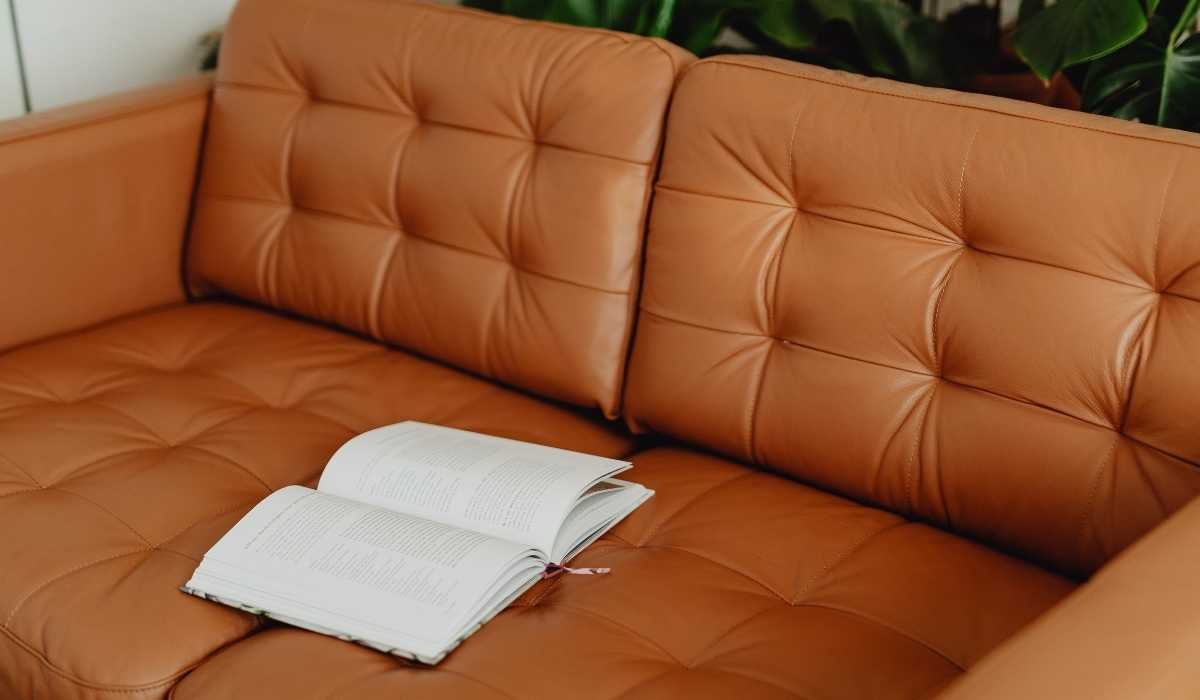
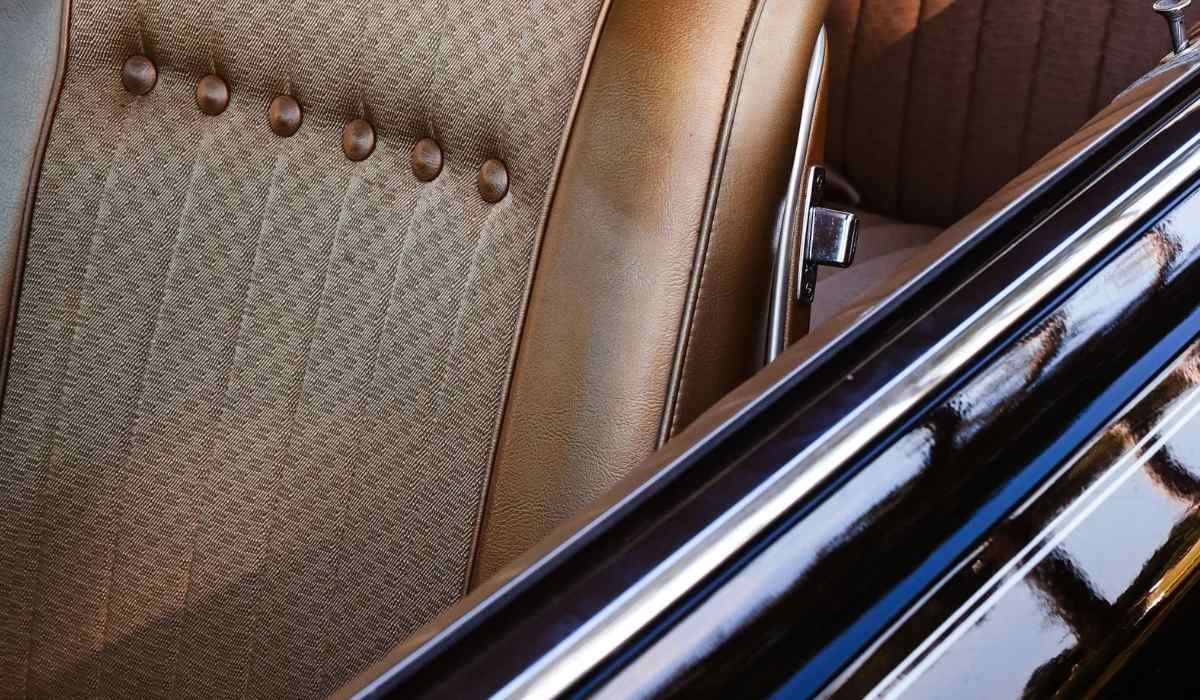
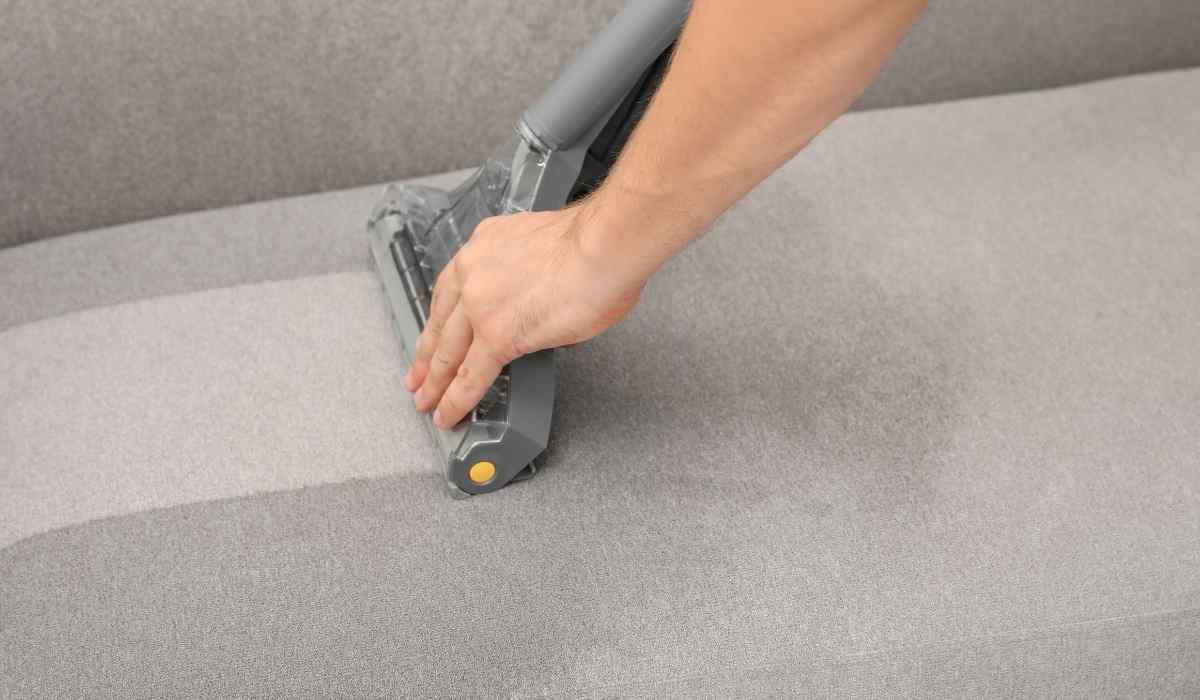
Leave a Reply